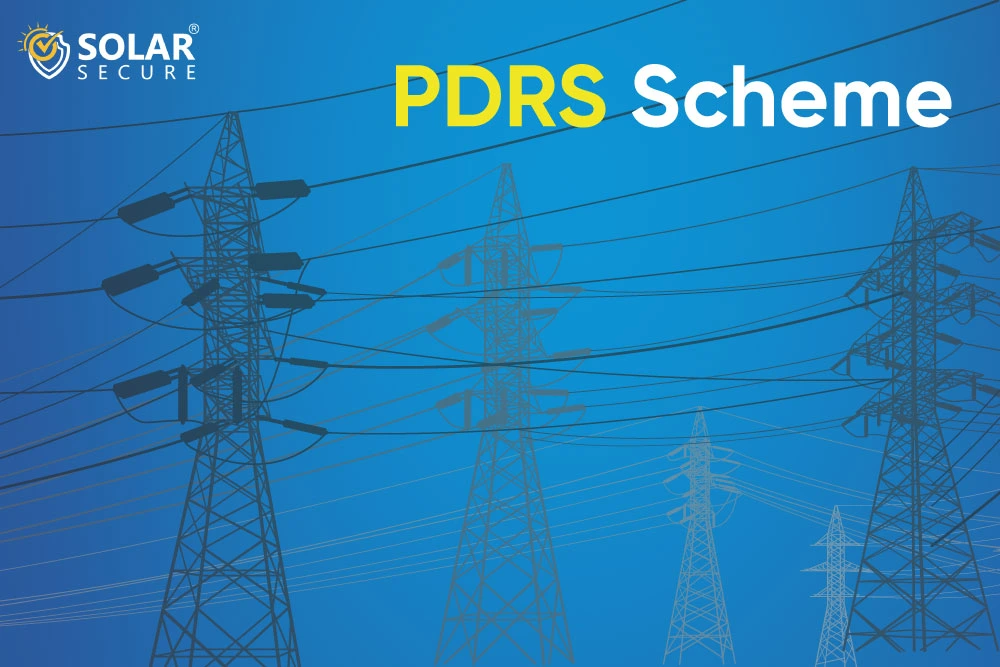The Peak Demand Reduction Scheme (PDRS) in New South Wales (NSW) is a government initiative designed to encourage energy efficiency and reduce electricity consumption during peak demand periods. Launched in 2022, this program is part of the state’s broader effort to transition to a clean energy economy and meet its ambitious climate targets, such as net-zero emissions by 2050.
The PDRS is aimed at incentivizing consumers, particularly households and businesses, to adopt technologies and strategies that reduce their electricity usage when demand on the grid is at its highest, such as during extreme heat or cold when air conditioners and heaters are heavily used. By reducing peak demand, the scheme helps to stabilize the electricity grid, lower energy costs, and reduce the need for additional power infrastructure, which can be expensive to build and maintain.
Key Components of the PDRS
- 1. Eligible Technologies: The PDRS includes a variety of energy-efficient technologies, including the installation of batteries for solar power storage, energy-efficient appliances, and load-management systems. From 1 November 2024, household batteries will be a key focus of the PDRS, providing incentives to households and businesses to install batteries and connect them to Virtual Power Plants (VPPs).
- 2. Battery Storage Incentives: Under the PDRS, eligible participants can receive rebates for installing batteries to store excess solar energy. The rebates can range from $1,600 to $2,400 depending on the size and capacity of the battery. By connecting these batteries to a VPP, participants can also earn additional incentives, up to $400 at the time of connection and again after three years.
- 3. Objective: The primary goal of the PDRS is to reduce electricity usage during peak demand periods, which helps to avoid costly investments in new energy generation infrastructure and lower greenhouse gas emissions. Reducing peak demand also enhances grid stability, making the system more resilient to fluctuations in supply and demand.
Benefits of the PDRS
- Cost Savings: Participants can save on energy costs by storing and using solar energy during peak times, rather than drawing from the grid when electricity prices are highest.
- Grid Stability: By shifting energy consumption away from peak times, the PDRS helps to prevent grid overloads and blackouts, enhancing the reliability of the electricity supply.
- Environmental Impact: Reducing peak demand also reduces the need for carbon-intensive energy generation during times of high usage, helping NSW achieve its emission reduction targets.
Overall, the PDRS is a vital part of NSW’s efforts to create a more sustainable, efficient, and resilient energy system, promoting renewable energy adoption and contributing to a cleaner environment.
Under the Peak Demand Reduction Scheme (PDRS) in New South Wales, Peak Reduction Certificates (PRCs) are a form of tradable certificate that represent a reduction in electricity demand during peak periods. These certificates are issued to accredited providers (such as energy companies or installers) for eligible technologies and actions that help lower peak electricity usage. The PRCs are part of a broader strategy to create financial incentives for energy efficiency and grid stability during times of high electricity demand.
PDRS Rule Changes for New Battery Rebates
Unchanged Policy
- The commencement of BESS1 & BESS2 will remain 1 November
- The useable capacity will remain at 2-28kWh
- It remains only available to households and small businesses with no existing battery – this will be evaluated in future rule changes
- Battery operating temperature set out in the warranty must be between -10°C to +50°C
- Warranties will need to cover the system for 10 years and guarantee that 70% of the usable capacity will remain at the end of this period
BESS1: Behind-the-Meter Battery Installation
- Multiple batteries : Installing multiple batteries together as a system can be eligible for BESS1
Warranted Energy Throughput
- For installations before 1 April 2026: 2.8 MWh per kWh of usable battery capacity.
- For installations after 1 April 2026: 3.65 MWh per kWh of usable battery capacity.
Performance Warranties
- 10-year coverage with a guarantee of at least 70% usable capacity remaining after this period.
- This warranty aligns with typical lithium iron phosphate battery degradation rates and aims to protect consumers over a battery’s expected 15-year lifespan
- For hybrid systems (batteries with inverters), the warranty covers both the battery and inverter components, ensuring investment security and reliable performance in reducing demand
BESS2: Demand Response Contract Participation
- Multiple batteries : Installing multiple batteries together as a system can be eligible for BESS2
Warranty Requirements for VPP Participation:
- BESS2 mirrors BESS1 for energy throughput and capacity retention, with the same transitional warranty thresholds based on the installation date (2.8 MWh/kWh before April 2026, 3.65 MWh/kWh after).
- Manufacturers must offer at least a 10-year warranty that guarantees 70% capacity, with coverage for ambient temperatures between -10°C and 50°C
- This rule ensures that batteries used in VPPs are fully covered, promoting long-term asset use and faster payback periods for high-cost equipment


